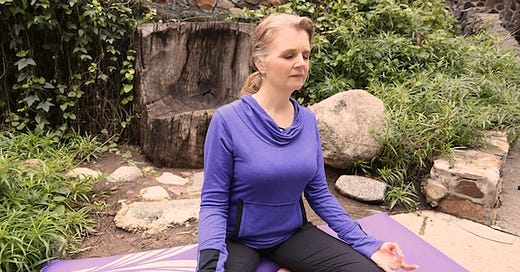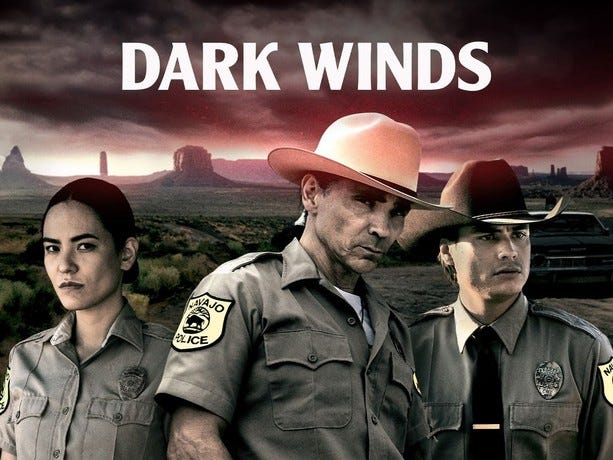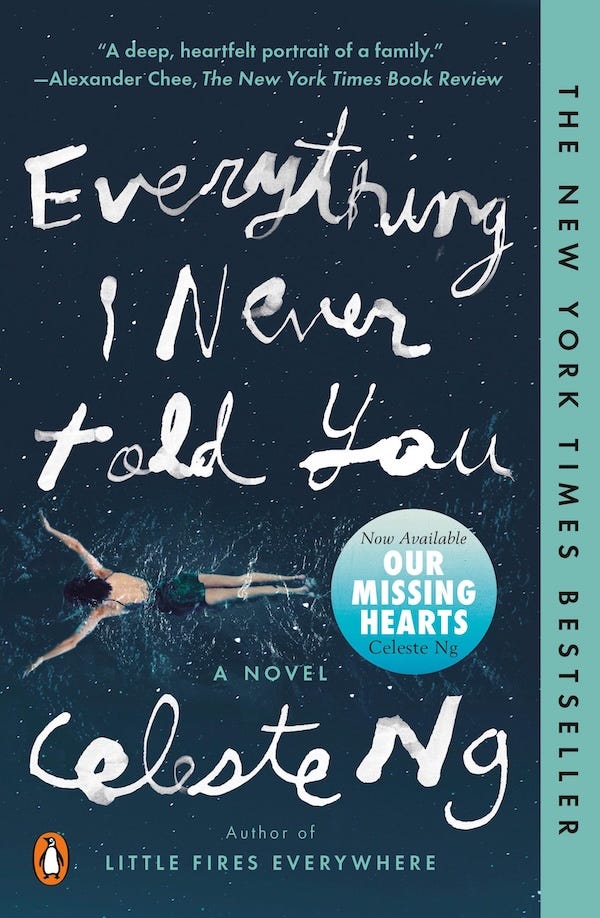No aspect of this post is created using any type of AI. All mistakes are mine, a real human.
THINKING ABOUT:
Last week has kept me off balance, even more than my usuall intermittent vertigo. It’s been difficult for me to maintain equilibrium with so much coming at us daily since the election. It feels like a chaos monster is crashing through our government. Smash! Smash! Smash! As hard as I try to avoid news and social media, the inputs keep leaking through. I told my therapist last week that I feel so much rage and grief. I don’t know what to do with it or where to put it. She said something that was helpful:
“I’m hearing that there is a powerful part of you that wants to UNDERSTAND this. As if understanding is achievable. If only you UNDERSTOOD, it would feel less bad. But we cannot be in the heads of everyone in the country or the planet.”
She reminded me about Radical Acceptance, which asks: Can I have an awareness of all these things and accept the fact that I will not understand any of it?
My brain wants desperately to make this situation different than it is.
She suggested I focus on what I have control over, and to remember that this world was not created so we can function within our values. It’s independent of our values.
I can control my response to my exposure of media. I make choices every time about what I invite in. I can infuse mindfulness into it by taking a mindful breath. I am the gatekeeper for myself, no one else. I can accept that a LOT of things are going to happen that are an affront to my values.
I can focus on what I can affect that makes an impact.
Prior to mass communication, people only knew about what was happening in their immediate vicinity. They might learn of distant events months after the fact. That’s it. Otherwise they focused on day-to-day survival. There was joy in new babies and weddings and grief brought on by injury, illness, war, and death. We can’t go back to that simpler time, but it helps me to remember that our brains and nervous systems aren’t built to handle this.
I was recently introduced to the 5 4 3 2 1 grounding technique. Maybe it will be helpful to you today.
Take a moment to breathe deeply.
Name 5 things that you can SEE.
Name 4 things you can HEAR.
Name 3 things you can FEEL.
Name 2 things you can SMELL.
Name 1 thing you can TASTE.
WATCHING:
“This whole family needs to have a ceremony. It’s not normal for us to be around so much death and violence. This family needs to be put back in balance.”
So says Emma Leaphorn at the start of Dark Winds, Season 2. Dark Winds, based on the Leaphorn and Chee series of novels by Tony Hillerman, is set in 1971 Navajo country outside Gallup, New Mexico. (Seasons 1 & 2 on Netflix, Season 3 about to stream on AMC). You’ll recognize the stunning scenery of Monument Valley and Canyon de Chelly from classic Hollywood Westerns. Joe Leaphorn is an officer with Tribal Police, keeping an uneasy peace between the reservation, an activist sect called The Buffalo Society, and the White world. In Season 1 a bank heist helicopter crashes into Indian country, bringing lies and destruction in its wake. Season 2 picks up threads from Season 1 along with a serial bomber, the People of Darkness (a peyote-laced White cult that’s usurped Navajo culture), and possibly the solution to a mystery predating Season 1: How did Joe and Emma’s son die?
I love everything about this series, from the nearly 100% Native cast to the stunning, severe scenery, the frequent speaking of Diné (the Navajo language, Diné means “the people”), and the rich culture infused into each episode. Leaphorn’s second in command, Bernadette Manuelito, carries a medicine pouch with her and reminds others to do the same, noting that they need to shield themselves from what is to come. It’s a powerful reminder for me to do the same.
READING:
Everything I Never Told You: Celeste Ng
Taking place between 1955 and1977, Celeste Ng’s portrait of a biracial family in a small town is absorbing, challenging, and ultimately satisfying. Ng’s fluid prose brings such gems as this description, “She has been counting the flowers on her pillowcase: not the big red poppies that sprawl across the cotton, but the blue forget-me-nots of the background pattern, the chorus dancers behind the divas.” I didn’t want to put down this story, even though the ending is revealed in the opening lines: “Lydia is dead. But they don’t know this yet.”
You'll find all of my book recommendations at my Bookshop. If you buy from this link the author makes more, an indie bookstore gets the sale, and I make a small commission. Win/Win/Win!
Here’s the Amazon link if you prefer.
EATING:
One activity that always brings me back to balance is cooking something tasty made from whole foods. I bought a ginormous bulb of fennel at the farmer’s market on Saturday and am making this stew again today.
Ikarian Black-Eyed Pea Stew
Lightly adapted from The Blue Zones Cookbook
Very tasty and hearty
Prep time: 20 minutes
Cook time: 35-40 minutes
Makes 8 servings
1/2 cup extra-virgin olive oil, divided use
1 large red onion, diced
1 fennel bulb, diced
2 small potatoes (new, red, or gold), finely diced
4 garlic cloves, minced
3 bay leaves
1/8 teaspoon sea salt, optional
1 14-ounce can black-eyed peas, rinsed and drained (can sub cannelini or chickpeas)
1 14-ounce can crushed tomatoes, no-salt-added if possible
2 teaspoons tomato paste, diluted in 1 cup filtered water
1 small package dill weed, stems removed and finely chopped or 2 teaspoons dried dill
Heat 1/4 cup olive oil in a large soup pot or Dutch oven over medium heat just until shimmering.
Sauté the onion, fennel, potatoes, garlic, bay leaves, and salt (if using) for 12 minutes until vegetables are golden. Add splashes of water or wine if it’s sticking at all.
Stir in black-eyed peas, tomatoes, and diluted tomato paste. Bring just to a boil.
Turn down and simmer, bubbles should just be breaking the surface, for 15 minutes or until potatoes are done.
Turn off heat. Stir in dill and remaining 1/4 cup olive oil. Serve.
Fun To Be Around is free. I post for the delight of writing and connecting. No paywalls, ever. If you enjoy my writing and find yourself looking forward to the next issue, support my work as a disabled writer with a $5 monthly subscription. Feel free to try a paid subscription for a month or two, and no worries if you decide to cancel. Come back soon. I love seeing you here.






